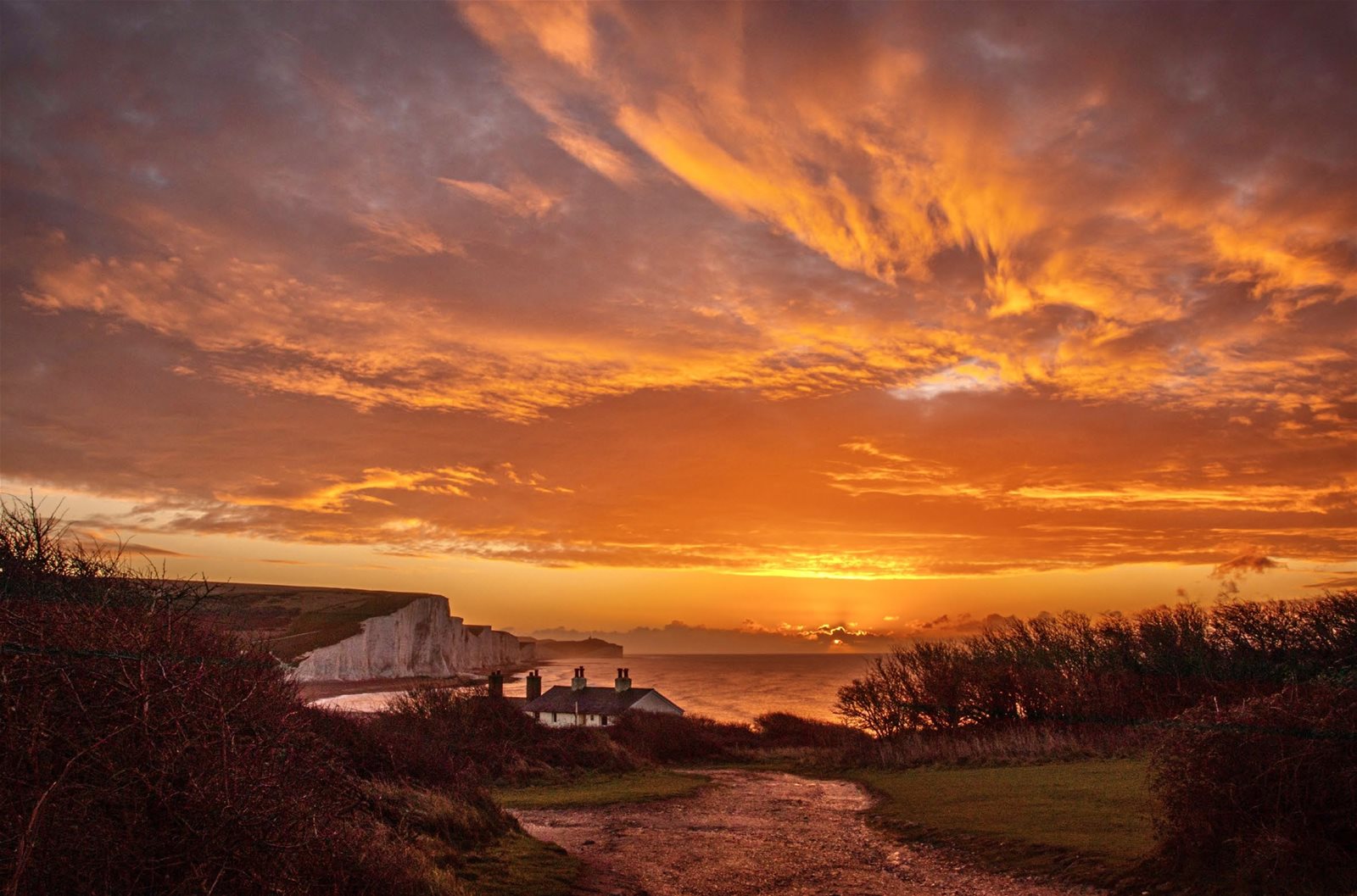
NATURAL BALANCE With careful and targeted adjustments in post-processing, you can turn your landscape images into shots that stand out
© Liam Willis
Very few photographic genres offer the same range of lighting, colour and detail that can be found in a landscape. Changing weather, the shifting position of the sun in the sky, and the steady progress of the seasons afford us the opportunity to capture familiar locations in new ways almost every day, which goes some way to explaining why landscape photography is such a popular genre.
The downside of so many photographers shooting landscape images is that it has become almost impossible to capture a truly unique shot of a well-known landmark. Instagram is awash with photos of places such as Durdle Door in Dorset, Yosemite National Park in the USA, Lake Louise in Banff National Park, Canada, and, more recently, the misty skeletal forests of Madeira or the wild shores of the Faroe Islands. It doesn’t take long for content creators to flock to even the remotest of locations in search of ‘the shot’.